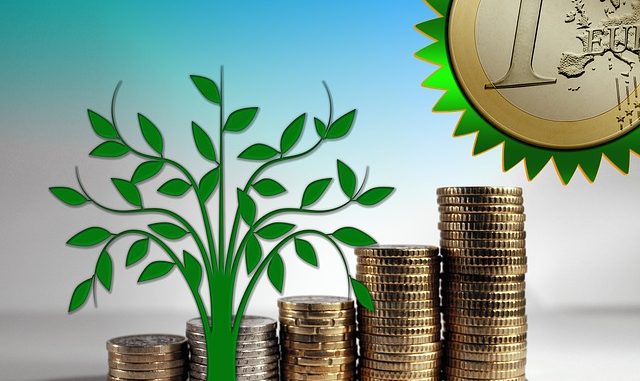
At first glance, the development of better energy efficiency generates the erosion of the activity of energy companies.
Which leads some of them to show that they highly contribute to a better efficiency while doing as little as possible. Forgive those who are shocked by such an assertion.
Is this strategy a fatality? or the only option for an energy company to react to what appears from the outset as a major threat?
The answer depends first of all on the utility itself, on how it approaches this question, whether it sees or wants to see an answer; it is a matter of strategy and, like consulting services, the strategy is first and foremost the art of multiplying the ways one looks at a situation, the art of finding an innovative angle under which to consider a situation. Like any art, it requires training, experience, work, know-how and will. And it must be admitted that not all energy companies have had the opportunity to develop these characteristics for a long time.
We can shed light on the question on at least three axes:
– The proportion of consumers who are sensitive to energy savings is steadily increasing: some may be ready to punish an energy company without being able to commit themselves voluntarily. The passive attitude of an energy company with regard to energy efficiency could affect the loyalty of the customers: I have observed it at some of my clients. Good communication can delay market sanctions, but increases their amplitude, which is always proportional to consumers’ disappointment regarding the gap between promise and reality. Customer loyalty will always drive energy companies to make a real commitment to greater energy efficiency.
– Solving the equation posed by the energy savings leads to explore at least two tracks: the first is to find alternative income. This track leads de facto to the myth of services. Easy to imagine, less easy to design (especially in the context of recurring revenues), even less easy to sell because they require a great intimacy with the customer. It can also lead to sell other fluids, activity which is often capital-intensive but allowing, with the heating networks to create new monopolies for a few more decades. This track is almost mandatory, it does not guarantee long-term growth (because energy efficiency applies to all fluids) but it allows to “consolidate” some income thanks to the diversification of the mode of action of the energy company.
– The second is to increase the margin per customer. Few energy companies measure their margin per customer or customer segment. It is, however, painful or instructive to measure that some clients are served at or near loss. Choosing customers, conducting a specific reflection on the value that is delivered to them is, in many cases, an essential exercise.
There is every reason to believe that the inaction of an energy company in the face of the increasing energy efficiency of systems, equipment and consumers is indeed a suicide in the medium term.
But avoiding suicide is not easy because deploying a strategy to counteract its effects, restructure revenues and increase margins per client, involves a lot of changes that require time, courage and perseverance to be successful.
Subscribe to receive every quarter all articles of the blog: [sibwp_form id=2]




Leave a Reply